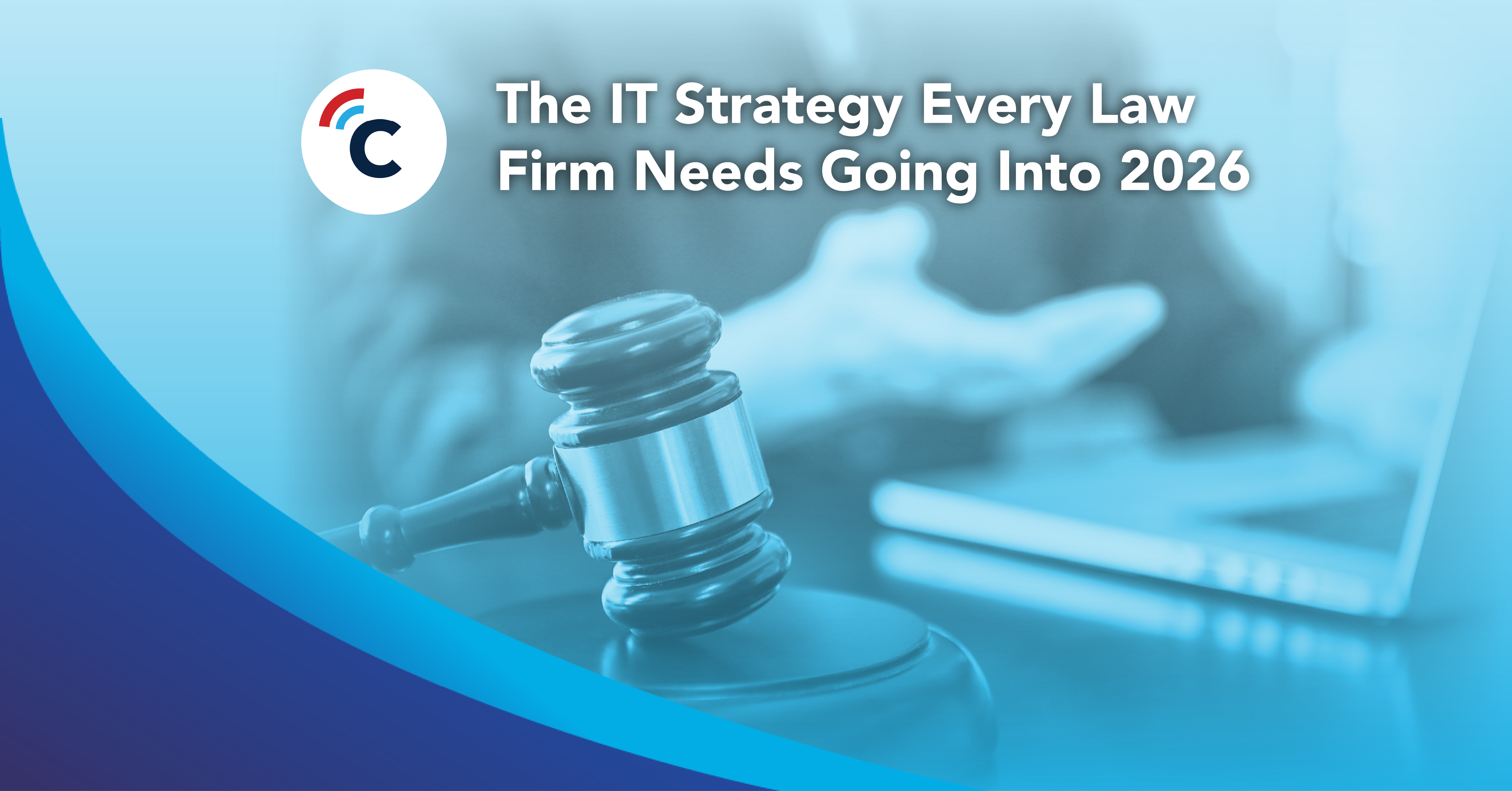11 min read
Best IT Strategies for Law Firms Going Into 2026
Why should a law firm invest in a strong modern IT strategy? Today’s legal teams depend on secure, reliable technology to protect sensitive...

Just like every tech question that deals with price, the question “How much do cloud services cost?” is the same: it depends.
Cloud services offer a variety of solutions for a myriad of business cases, so there is no good answer in terms of cost when on the topic of services as vast as the Cloud. If you’re asking this question, however, you’re probably curious to discover if a cloud service will save your business money.
In that case, a better question to ask is: what costs more, on-premise, or cloud?
There are cost factors that will play a major role in determining how much your cloud service will cost you, when compared to a traditional option:
Before we get into those factors, however, it’s important to note that there are different types of cloud services, with those being Software as a Service (SaaS), Platform as a Service (PaaS), and Infrastructure as a Service (IaaS).
In short, SaaS provides access to an application that runs through the internet, PaaS gives you the ability to create software through the internet, and IaaS gives you access to the functionally of a server, but in the cloud rather than local.
The pattern, and similar characteristic between SaaS, PaaS, IaaS, and all cloud computing services is the remote aspect. If you access it through the internet, it’s a cloud service.
THE NEEDED SOLUTION
There’s a reason SaaS is the most well known acronym of cloud services: most software is moving to this model. When comparing SaaS prices to traditional, the traditional option is often no longer available. Take, for example, Adobe Creative Cloud — there is no option for a one-time licensing fee — you either purchase the monthly reoccurring option, or forgo using Adobe’s services entirely.
When speaking to PaaS and IaaS, however, it is possible to compare the cost of cloud services to traditional, but not in a direct way.
It’s important to take into account lifetime costs when comparing these two options. For example, what makes more financial sense: paying a monthly reoccurring fee, or upgrading your server hardware every three-to-five years? The answer won’t be the same for every business, and will vary wildly depending on the size of your organization.
THE SIZE OF YOUR ORGANIZATION
As the size of your organization increases, the cost of both cloud and traditional IT services will rise as well. While both do experience this rise in costs, there does reach a point where the size of an organization will outgrow the affordability of traditional options.
Even when supporting an organization of one hundred employees, a localized server can be housed in a closet — but as a business brings on more and more employees, the physical space a server will require will grow as well. As your server grows, your internal IT department will need to grow as well — or, your contract with your current MSP will need to be revisited as the scope of your business’ needs evolve.
Essentially, when determining the cost of a cloud server solution versus a localized one, ask yourself: what’s more economical — paying more salaries, or taking on a monthly reoccurring cost?
Again, the answer will be different depending on the company but the factors will always remain the same: salary + IT infrastructure vs. monthly reoccurring cost.
THE FUTURE OF YOUR ORGANIZATION
If your business is experiencing significant growth, going the route of cloud services is probably your better option when compared to traditional IT solutions.
If your server is localized, upgrading its storage capacity can mean hours of downtime for your entire business — and any upgrade or update can mean the same. The time spent upgrading your server also factors into your IT labor costs. With a cloud server, there’s very little downtime, or time spent upgrading — adding more storage, or another server entirely, can be as simple as clicking a button.
However, if your organization has maintained the same network requirements for years, a localized server may be the more affordable option — labor costs are most noticeable when upgrading a server.
KNOW WHAT YOU NEED, AND WHERE YOU’RE HEADED
When you can pinpoint the solutions you’ll need, and your future IT requirements, you’ll be able to determine whether a localized server, or cloud services are right for you. If your business needs a second opinion about your tech needs, consider finding a vCIO.

11 min read
Why should a law firm invest in a strong modern IT strategy? Today’s legal teams depend on secure, reliable technology to protect sensitive...

2 min read
The Louvre’s password became the punchline of a global story after a heist revealed major security concerns for the museum. Reports say the password...

6 min read
Organizations of all sizes handle enormous volumes of data. Data is one of the most valuable assets of any organization.Unfortunately, it’s also a...